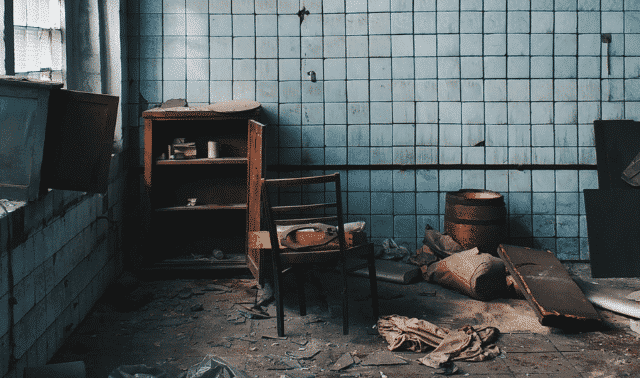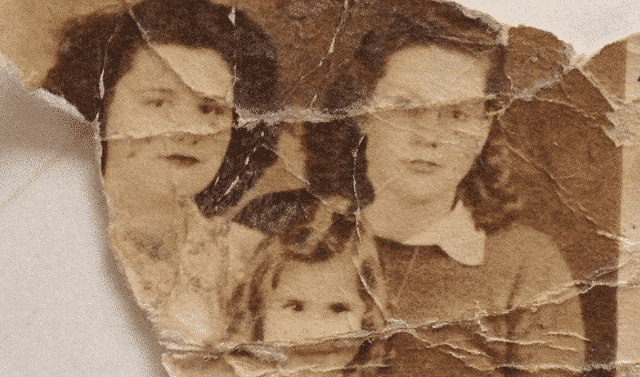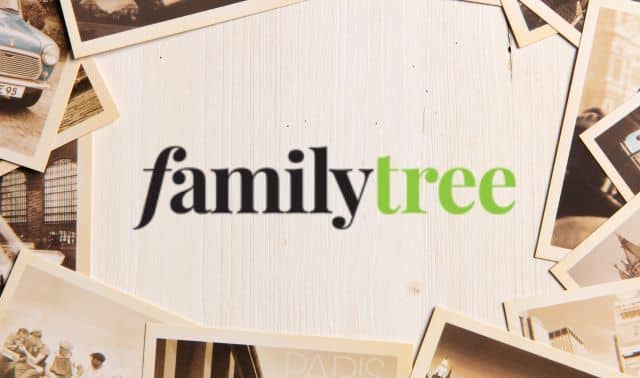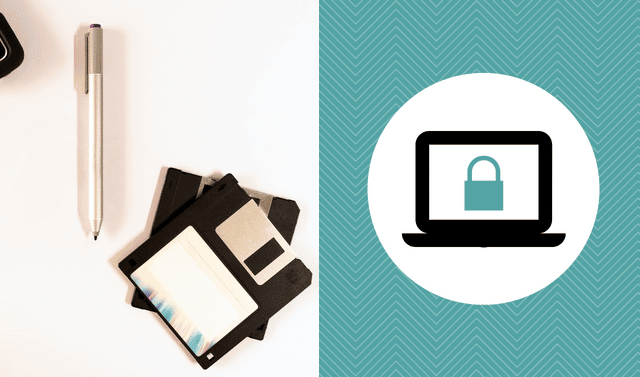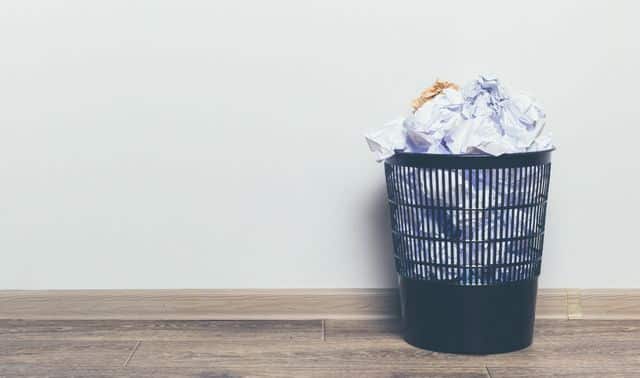Sign up for the Family Tree Newsletter Plus, you’ll receive our 10 Essential Genealogy Research Forms PDF as a special thank you!
Get Your Free Genealogy Forms
"*" indicates required fields

Sometimes—despite your best effort—a fire, flood, or hard drive crash has damaged or even destroyed your genealogy files or heirlooms. What do you do now? Follow these three tips for how to salvage family history research damaged by disaster.
1. Assess the Damage
Expect to deal with a range of emotions if your family treasures are lost or damaged. No matter how carefully you prepared with digital backups and safe storage, you may have lost your family archive.
When it’s safe re-enter your home, focus on salvaging irreplaceable items and those not preserved by digital backups. Locate your genealogy disaster kit for supplies. Carefully open storage containers and inspect contents. Remove wet photos and documents, and freeze or air dry within 48 hours.
Look around your home and check heirloom objects. Wet furniture, quilts and other objects will need to be air-dried. Remove photos from frames if possible, then rinse in clean water and air dry. Use a digital camera or smart phone camera to photograph the damage and any items you may need to send to a professional conservator and/or your insurance agent.
Wet or sooty items can pose health hazards from mold, chemicals and other irritants, so refer to emergency personnel for safety procedures and be prepared to wear safety gear such as plastic gloves and face masks. Work in well-ventilated areas. Be aware of the potential for accidents caused by slippery surfaces, debris, downed power lines, etc.
2. Collect Scattered Items
Sort and temporarily store loose items in large plastic tubs or other containers. Use your already-prepared inventory to help you locate items and check them off as you find and assess them. Don’t assume that damaged items are unsalvageable. Place all the pieces you can find of a broken object into a labeled container and consult a professional conservator. If your home isn’t secure, is open to the elements or is structurally compromised, try to remove any items of value to a safer location.
3. Contact Your Insurance Agent
Your homeowner’s and any specialty insurance policies may cover repair or replacement of some furniture, jewelry and other goods. Ask about specifically named items in your policy. Don’t wait until a disaster is on the way to decide how you’ll handle your family archive. Be prepared with a genealogy disaster plan and know you’ve done your best to safeguard your family history.
A version of this article appeared in the September 2014 issue of Family Tree Magazine.
ADVERTISEMENT

